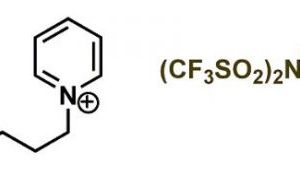Material Data
Property | Specification |
Chemical Composition | Cellulose |
Available Concentrations | 1%, 2%, 5%, Dry Powder |
Fiber Diameter | 10–20 nm |
Fiber Length | 500–1000 nm |
Surface Groups | Carboxyl |
Carboxyl Content | 1.5 ± 0.1 |
pH Value | 6-7 |
Product Appearance
Product Characterization
TOCNF exhibits unique properties due to its nanoscale dimensions and surface chemistry:
High Surface Area: The nanoscale size provides a large surface area, enhancing interaction with other materials.
Improved Dispersibility: The introduction of carboxyl groups increases hydrophilicity, facilitating better dispersion in aqueous systems.
Enhanced Mechanical Strength: The fibrous structure contributes to superior mechanical properties, beneficial in composite materials.
Instructions for Use
To utilize TOCNF effectively:
Mixing: Combine the desired amount of TOCNF with water.
Dispersion: Process the mixture using a high-speed blender to achieve a uniform dispersion.
Applications
TOCNF's unique properties make it suitable for various applications:
Biomedical Engineering: Used in hydrogels for 3D cell culture, mimicking natural extracellular matrices.
Energy Storage: Incorporated into electrodes for batteries and supercapacitors, enhancing performance.
Food Industry: Acts as a stabilizer in Pickering emulsions, improving texture and stability.
Composite Materials: Reinforces polymers, leading to stronger and lighter materials.
References
Bhattacharya, M. et al. "Nanofibrillar cellulose hydrogel promotes three-dimensional liver cell culture." Journal of Controlled Release, vol. 164, no. 3, 2012, pp. 291–298.
Siqueira, G. et al. "Cellulose Nanocrystal Inks for 3D Printing of Textured Cellular Architectures." Advanced Functional Materials, vol. 27, no. 12, 2017, 1604619.
Kalashnikova, I. et al. "New Pickering emulsions stabilized by bacterial cellulose nanocrystals." Langmuir, vol. 27, no. 12, 2011, pp. 7471–7479.
Naderi, A. "Nanofibrillated cellulose: properties reinvestigated." Cellulose, vol. 24, 2017, pp. 1933–1945.
By integrating TOCNF into various products and processes, industries can leverage its advanced properties to enhance performance and sustainability.






